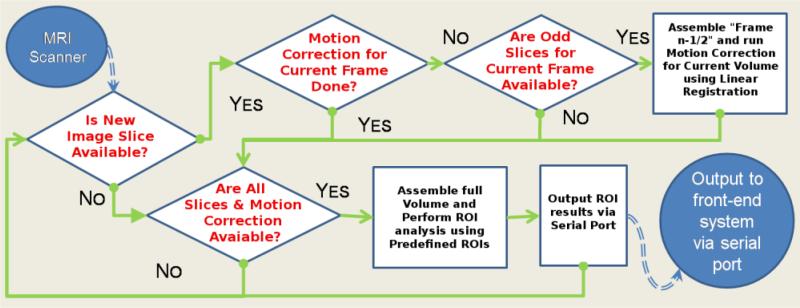Figure 2. Flow Chart of the Back-End Processing Component.
The rt-fMRI Back-End sits in between the MRI scanner and Front-End display. If eacsh slice of a volume can be saved in real-time, the Back-End will proceed as outline above. First, if all odd slices are acquired, frame n-½ is created and motion correction is performed. Second, if all slices are acquired and the motion correction is finished, the motion correction is applied, ROI analysis is performed, and the results are sent the Front-End. Finally, if neither set of slices are acquired, the Back-End continues to poll for new slices. If each slice of a volume cannot be saved in real-time, the Back-end will proceed in a similar manner with the exception of using frame n for motion correction.

